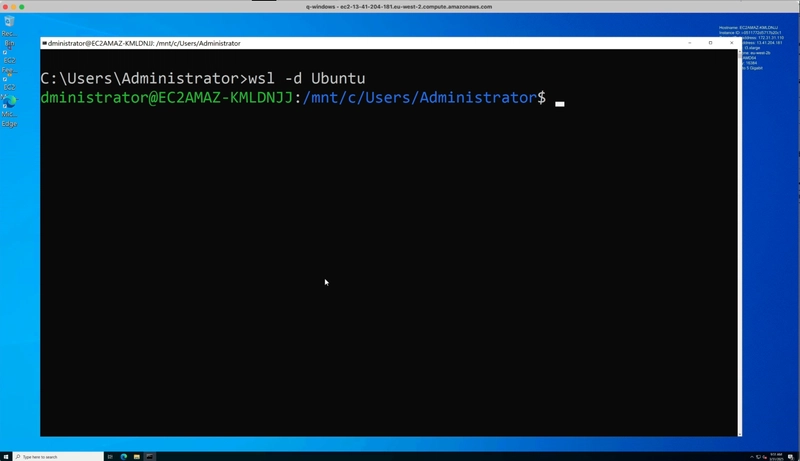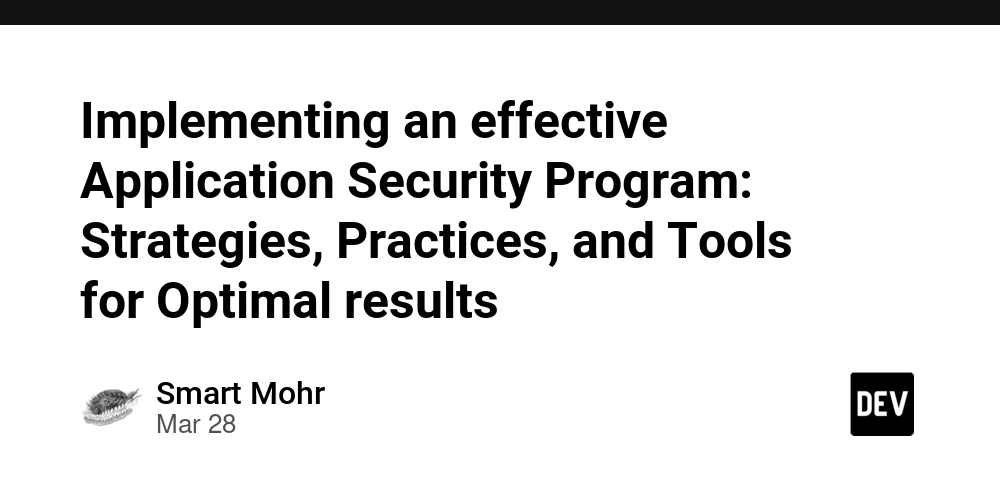Apache SeaTunnel optimization strategy for synchronizing MySQL to Doris
Introduction In the process of building a data warehouse,data synchronizationis a critical step. Apache SeaTunnel, as a high-performance*distributed data integration tool*, is widely used for synchronizing MySQL data to OLAP databases like Doris. However, optimizing this synchronization process to*improve efficiency and reduce resource consumption*is a challenge that every data engineer faces. In this article, we will explore optimization strategies for*syncing MySQL to Doris with Apache SeaTunnel*, using real configuration files as examples. Environment Optimization Parallelism Settings Parallelism is a key factor affecting synchronization performance. In our real-time data lake project, we tested different parallelism settings: env { parallelism = 4 \# Full load configuration } env { parallelism = 8 \# CDC mode configuration } Optimization Recommendations: Full Load Mode:Adjust parallelism based on table size and server resources. Larger tables may require higher parallelism. CDC Mode:Consider the load on the source database to prevent excessive parallelism from causing stress. Different tables can have different parallelism settings— for example, an orders table can use higher parallelism, while a configuration table may use a lower setting. JVM Parameter Optimization Proper*JVM parameters*can enhance the stability and performance of SeaTunnel: execution.jvm-options = "-Xms4g -Xmx8g -XX:+UseG1GC -XX:MaxGCPauseMillis=100" Optimization Recommendations: Adjust heap size based on*available memory;ensure max heap memory does not exceed 70% of physical memory*. Use the*G1 garbage collectorforbetter large memory management*. Set a reasonable*GC pause time*to balance throughput and latency. Checkpoint Configuration Checkpoint settings affect task*fault tolerance and recovery*capabilities: checkpoint.interval = 10000 \# CDC mode checkpoint.interval = 30000 \# Full load mode Optimization Recommendations: CDC Mode:Use shorter checkpoint intervals (e.g.,10 seconds) to ensure real-time data and quick recovery. Full Load Mode:Longer checkpoint intervals*reduce checkpoint overhead*. Configure a*local checkpoint storage pathforfaster recovery*: execution.checkpoint.data-uri = "file:///opt/seatunnel/checkpoints" Source-side Optimization Read Rate Limiting To prevent excessive load on the*source MySQL database*, rate limiting should be applied: read\_limit.bytes\_per_second = 10000000 \# Limit read rate to ~10MB/s read\_limit.rows\_per_second = 1000 \# Limit read rate to 1000 rows/sec Optimization Recommendations: Adjust rate limits based on*source database load capacity*. Loosen restrictions*during off-peak hours, tighten themduring peak periods*. Apply*stricter limits*for critical business tables. Partitioned Parallel Reads Using an*effective partition strategyimproves efficiency duringfull synchronization*: query = "select id, ... from gmall.order_info" partition_column = "id" partition_num = 4 Optimization Recommendations: Choose*evenly distributed columns(e.g., auto-incrementid) aspartition keys*. Set the number of partitions*based on table size and parallelism, usuallyequal to or slightly higher than parallelism*. For*large tables, usecustom partition SQLto ensurebalanced data distribution*across partitions. Connection Pool Optimization Optimizing connection pool settings can enhance*data source reading efficiency*. Optimization Recommendations: Setmax_sizeto*1.5-2 times the parallelism level*. Maintain appropriatemin_idleconnections to*reduce creation overhead*. Adjustmax_idle_msbased on workload to*prevent frequent connection creation and destruction*. CDC-Specific Configurations For*CDC mode*, additional optimization parameters are needed: snapshot.mode = "initial" snapshot.fetch.size = 10000 chunk.size.rows = 8096 Optimization Recommendations: Use**initial**mode for the first sync, and**latest**mode for incremental sync. Adjust**snapshot.fetch.size**to balance*memory usageandnetwork overhead*. Increase**chunk.size.rows**for*large tables*to enhance parallel efficiency. Transformation Optimization SQL Transformation Optimization Efficient SQL transformations can*reduce processing overhead*: transform { Sql { query = """ select id, date(create_time) as k1, # Ensure k1 is DATE type ...other fields... from mysql_seatunnel """ } } Optimization Recommendations: Select*only necessary fieldstoreduce data transmission*. Perform*data type conversions at the sourcetolighten the load on Doris*. Use appropriate functions for*date-time fields*to ensure compatibility with the target table.

Introduction
In the process of building a data warehouse,data synchronizationis a critical step.
Apache SeaTunnel, as a high-performance*distributed data integration tool*, is widely used for synchronizing MySQL data to OLAP databases like Doris.
However, optimizing this synchronization process to*improve efficiency and reduce resource consumption*is a challenge that every data engineer faces.
In this article, we will explore optimization strategies for*syncing MySQL to Doris with Apache SeaTunnel*, using real configuration files as examples.
Environment Optimization
Parallelism Settings
Parallelism is a key factor affecting synchronization performance.
In our real-time data lake project, we tested different parallelism settings:
env {
parallelism = 4 \# Full load configuration
}
env {
parallelism = 8 \# CDC mode configuration
}
Optimization Recommendations:
- Full Load Mode:Adjust parallelism based on table size and server resources. Larger tables may require higher parallelism.
- CDC Mode:Consider the load on the source database to prevent excessive parallelism from causing stress.
- Different tables can have different parallelism settings— for example, an orders table can use higher parallelism, while a configuration table may use a lower setting.
JVM Parameter Optimization
Proper*JVM parameters*can enhance the stability and performance of SeaTunnel:
execution.jvm-options = "-Xms4g -Xmx8g -XX:+UseG1GC -XX:MaxGCPauseMillis=100"
Optimization Recommendations:
- Adjust heap size based on*available memory;ensure max heap memory does not exceed 70% of physical memory*.
- Use the*G1 garbage collectorforbetter large memory management*.
- Set a reasonable*GC pause time*to balance throughput and latency.
Checkpoint Configuration
Checkpoint settings affect task*fault tolerance and recovery*capabilities:
checkpoint.interval = 10000 \# CDC mode
checkpoint.interval = 30000 \# Full load mode
Optimization Recommendations:
- CDC Mode:Use shorter checkpoint intervals (e.g.,10 seconds) to ensure real-time data and quick recovery.
- Full Load Mode:Longer checkpoint intervals*reduce checkpoint overhead*.
- Configure a*local checkpoint storage pathforfaster recovery*:
execution.checkpoint.data-uri = "file:///opt/seatunnel/checkpoints"
Source-side Optimization
Read Rate Limiting
To prevent excessive load on the*source MySQL database*, rate limiting should be applied:
read\_limit.bytes\_per_second = 10000000 \# Limit read rate to ~10MB/s
read\_limit.rows\_per_second = 1000 \# Limit read rate to 1000 rows/sec
Optimization Recommendations:
- Adjust rate limits based on*source database load capacity*.
- Loosen restrictions*during off-peak hours, tighten themduring peak periods*.
- Apply*stricter limits*for critical business tables.
Partitioned Parallel Reads
Using an*effective partition strategyimproves efficiency duringfull synchronization*:
query = "select id, ... from gmall.order_info"
partition_column = "id"
partition_num = 4
Optimization Recommendations:
- Choose*evenly distributed columns(e.g., auto-increment
id) aspartition keys*. - Set the number of partitions*based on table size and parallelism, usuallyequal to or slightly higher than parallelism*.
- For*large tables, usecustom partition SQLto ensurebalanced data distribution*across partitions.
Connection Pool Optimization
Optimizing connection pool settings can enhance*data source reading efficiency*.
Optimization Recommendations:
- Set
max_sizeto*1.5-2 times the parallelism level*. - Maintain appropriate
min_idleconnections to*reduce creation overhead*. - Adjust
max_idle_msbased on workload to*prevent frequent connection creation and destruction*.
CDC-Specific Configurations
For*CDC mode*, additional optimization parameters are needed:
snapshot.mode = "initial"
snapshot.fetch.size = 10000
chunk.size.rows = 8096
Optimization Recommendations:
- Use
**initial**mode for the first sync, and**latest**mode for incremental sync. - Adjust
**snapshot.fetch.size**to balance*memory usageandnetwork overhead*. - Increase
**chunk.size.rows**for*large tables*to enhance parallel efficiency.
Transformation Optimization
SQL Transformation Optimization
Efficient SQL transformations can*reduce processing overhead*:
transform {
Sql {
query = """
select
id,
date(create_time) as k1, # Ensure k1 is DATE type
...other fields...
from mysql_seatunnel
"""
}
}
Optimization Recommendations:
- Select*only necessary fieldstoreduce data transmission*.
- Perform*data type conversions at the sourcetolighten the load on Doris*.
- Use appropriate functions for*date-time fields*to ensure compatibility with the target table.
- For*complex transformations, considermultiple transformation steps*for better maintainability.
Destination-side Optimization
Write Mode Configuration
A well-configured*write modecan improveDoris ingestion performance*:
sink.properties {
format = "json"
read\_json\_by_line = "true"
max\_filter\_ratio = "1.0"
merge_type = "MERGE"
delete_enable = "true"
}
Optimization Recommendations:
- Use
**JSON**formatfor*simpler processing*. - Adjust
**max_filter_ratio**based on*data quality needs*. - Enable
**MERGE**mode and**delete_enable**for CDC scenarios.
Conclusion
Optimizing*MySQL to Doris synchronization with Apache SeaTunnelrequires acomprehensive approachinvolvingparallelism settings, JVM tuning, checkpoint optimization, read/write rate limits, and transformation strategies*.
By applying the best practices outlined in this article, you can*enhance synchronization performance, reduce resource consumption, and ensure data reliabilityin yourdata warehouse*.










![From drop-out to software architect with Jason Lengstorf [Podcast #167]](https://cdn.hashnode.com/res/hashnode/image/upload/v1743796461357/f3d19cd7-e6f5-4d7c-8bfc-eb974bc8da68.png?#)





































































